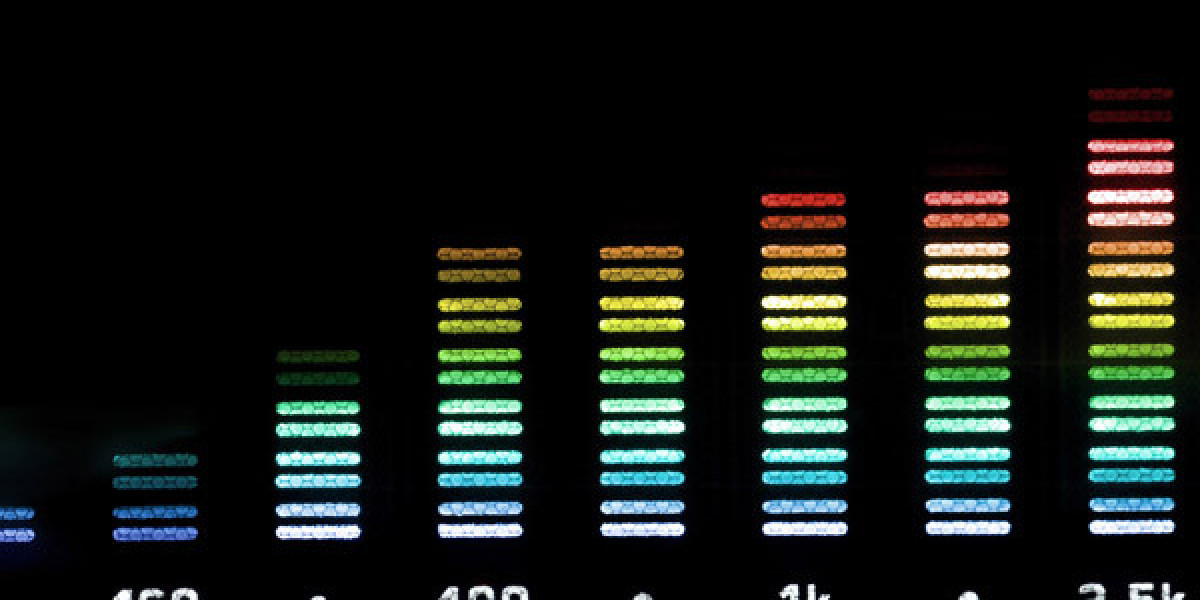KPV: The Anti-Inflammation & Pro-Healing Peptide
KPV is a tripeptide composed of lysine (K), proline (P), and valine (V). Its structure allows it to interact with specific receptors on immune cells, thereby modulating inflammatory pathways. By binding to the formyl peptide receptor-like 1 (FPRL1) on neutrophils and macrophages, KPV inhibits the release of pro-inflammatory cytokines such as tumor necrosis factor alpha (TNF-α), interleukin-6 (IL-6), and interleukin-8. This action reduces tissue damage associated with chronic inflammation.
Beyond its anti-inflammatory effects, KPV also promotes healing by enhancing fibroblast migration and collagen deposition. In vitro studies have shown that when applied to cultured skin cells, KPV accelerates wound closure rates compared to untreated controls. Animal models of burn injuries and diabetic ulcers demonstrate significant reductions in scar formation and improved tensile strength of healed tissue after KPV treatment.
Clinical applications are expanding: dermatologists use KPV-based creams for acne and https://angleton13.werite.net/common-queries-and-answers psoriasis, while researchers investigate its potential in mitigating neuroinflammation linked to Alzheimer’s disease. Because it is a naturally occurring peptide with minimal immunogenicity, KPV has an attractive safety profile, making it suitable for both topical and systemic administration.
To Read About Blog Topic, Scroll Down
Readers interested in the latest insights on peptide therapy, including detailed case studies, dosage guidelines, and emerging research trends, will find additional resources below. By scrolling down through the blog, you can access in-depth articles that explain how KPV fits into broader therapeutic regimens, interviews with leading scientists, and user testimonials from patients who have experienced measurable improvements. The blog also offers downloadable PDFs summarizing key findings, as well as a comment section where experts discuss practical implementation strategies.
Creatine, Exercise & Menopause
The intersection of creatine supplementation, physical activity, and menopause presents unique health considerations for women over forty. During menopause, estrogen levels decline, leading to changes in muscle mass, bone density, and metabolic rate. Creatine, a naturally occurring compound found in meat and fish, can help mitigate these age-related losses by increasing phosphocreatine stores in skeletal muscles, thereby enhancing short-duration power output and supporting muscular endurance.
Research indicates that menopausal women who engage in resistance training supplemented with creatine experience greater gains in lean body mass compared to those taking placebo. Additionally, creatine may have neuroprotective effects; animal studies suggest it can reduce oxidative stress in the hippocampus, potentially improving cognitive function during menopause.
Exercise prescription for this demographic should include a mix of strength training and aerobic activity. Strength sessions focusing on major muscle groups—such as squats, deadlifts, and bench presses—performed two to three times per week are optimal. Creatine dosing typically involves an initial loading phase (20 grams daily split into four doses) followed by a maintenance dose of 3–5 grams daily. It is advisable for menopausal women to consult healthcare professionals before starting supplementation, especially if they have pre-existing kidney concerns or take medications that may interact with creatine.
In summary, peptide therapy with KPV offers a targeted approach to dampening inflammation and accelerating tissue repair across multiple conditions. For deeper exploration of this topic, readers are encouraged to scroll down through the blog’s extensive resources. Meanwhile, understanding how creatine supplementation can complement exercise regimens during menopause provides a practical strategy for maintaining muscle health, metabolic function, and overall well-being in aging women.








